The Arundel Pageant of August 1923
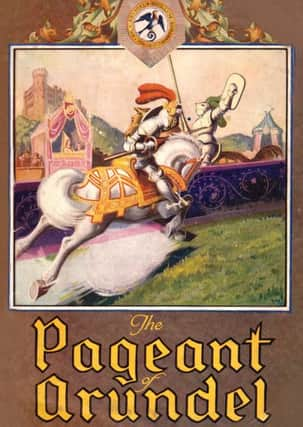

So said one of the local press reviews of the day about this ambitious plan to raise funds for West Sussex Hospitals.
The event was advertised as ‘the principle social event on the South Coast this season’, and that ‘the Duchess of Norfolk is not only president of the pageant, but is taking a lively interest in the arrangements’.
Advertisement
Hide AdAdvertisement
Hide AdThe Historic Pageant of Arundel in 1923 was a huge logistical undertaking involving hundreds of people, both directly as well as behind the scenes.
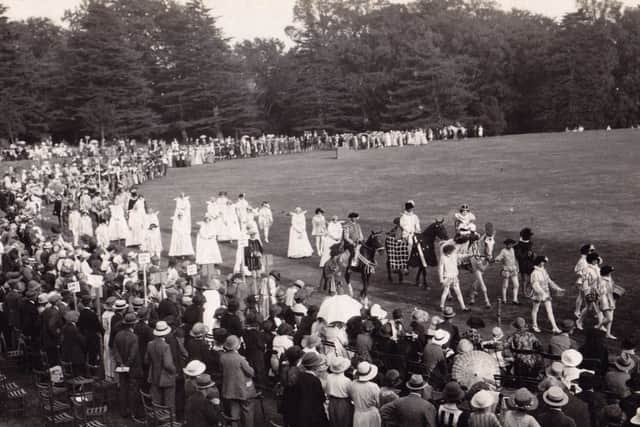

It was a three-day extravaganza by Arundel people and those of neighbouring towns, recreating key events based on the history of the castle.
There were many different types of entertainment available, but the main event took place at the cricket ground with the backdrop of the castle battlements.
Between 2pm and 3pm each day, the Band of the Depot, Royal Sussex Regiment, entertained the large crowds with a selection of tunes such as The Old Cork Road, The Spirit of Pageantry, Carmen, Rosamunde and All Souls Day.
Advertisement
Hide AdAdvertisement
Hide AdThe publicity for the event finished off by advising that ‘after the performance each day the castle would open to the general public at an additional cost of one shilling’ – 5p today.
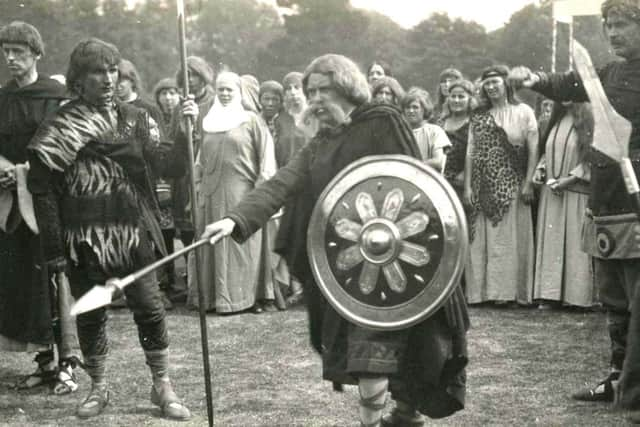

The three-day event was broken down into the following periods from the history of the castle.
I also include the towns/villages that were performing each episode:
• Scene 1 – The coming of Roger de Montgomery – 1070 – Littlehampton.
Advertisement
Hide AdAdvertisement
Hide Ad• Scene 2 – The Lady of England makes terms with Stephen of Blois – 1139 – Eastergate.
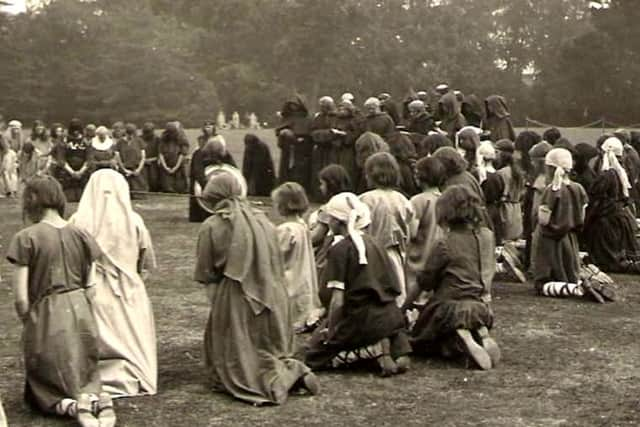

• Scene 3 – Arundel gives welcome to King Edward First – 1302 – Bignor Park.
• Scene 4 – The foundation of Holy Trinity College – 1380 – Chichester.
• Scene 5 – The young Earl jousts before Queen Elizabeth – 1581 – Arundel.
Advertisement
Hide AdAdvertisement
Hide Ad• Scene 6 – The castle is besieged by William Waller – 1644 – Worthing.
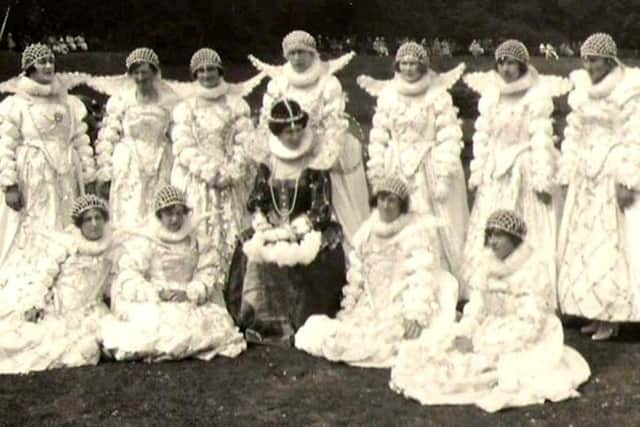

• Scene 7 – The festivities at the opening of the Baron Hall – 1815 – Petworth.
• Scene 8 – The procession of the Earls – 871-1923 – All participants.
The action commenced with the prologue to the pageant that was read out in the style of Chaucer by a man mounted on a magnificent white stallion.
Advertisement
Hide AdAdvertisement
Hide AdThis was followed by the first act, performed by residents of Littlehampton who covered the arrival of Roger de Montgomery in Arundel to take possession of the huge estate he had been given by his friend William the Conqueror.
The first scene shows Saxons gathered together and discussing how they should receive their new lord.
They are encouraged by some of the more defiant and determined men to resist the Normans, but these voices are calmed when – on the arrival of Roger and his retainers, headed by a party of monks – it was announced that King William promised fair government and justice for all in return for their support when required.
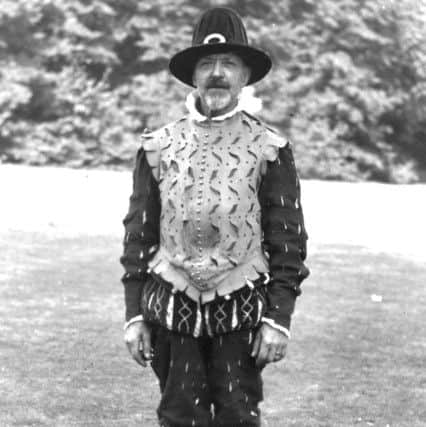

The second act, performed by residents of Eastergate and Fontwell, dealt with the 1138 siege of Arundel Castle by King Stephen and his dispute with the Empress Matilda, daughter of Henry I.
Advertisement
Hide AdAdvertisement
Hide AdMatilda was given refuge by William de Albini at Arundel Castle and Stephen built siege works around the castle in response but was unable to break the defences. Matilda escaped, but was later captured.
Jumping ahead to the fourth act, this was described in the press of the day as: “Scene 4 depicting the Foundation of the College of the Holy Trinity was an exceedingly beautiful episode carried out by residents from Chichester.
“The singing of the choir as it proceeded across the ground came sweetly to the ears of all, the inspiring Veni Sancte Spiritus being chosen as the introduction of the display.
“While this scene was being enacted the sound of distant church bells lent a charm to the proceedings.”
Advertisement
Hide AdAdvertisement
Hide AdThe visit of Queen Elizabeth in the fifth scene was described as: “Also an entrancing one; probably no more gorgeous a spectacle has ever been witnessed in this country.
“The Queen’s maids of honour and her courtiers advanced from one part of the ground and the knights about to engage in the tournament arranged for the entertainment of the Queen from another, all attired in armour.
“A strikingly beautiful spectacle was presented and enjoyed by all present.”
The Earl of Arundel, impersonated by Mr Oliver Thynne, was adjudged the winner of the joust.
Advertisement
Hide AdAdvertisement
Hide AdThis scene ended with a dance called a pavane in which, ‘the movements, a perfect dream of refinement and grace, caused the spectators unbounded delight.’
One of the biggest crowd-pleasers appears to have been the residents of Worthing with the Civil War act, complete with gunpowder, the sound of cannon, billowing smoke clouds and the crack of musket fire as the Cromwellian and Royalists battled for control of the castle, before it finally fell and the Royalists left the castle to agree their terms of surrender with Sir William Waller, commander of the Roundheads.
It is said some of the canon used in this act had been used in the actual siege of 1641.
The final episode was pure theatre, which included all the participants of this three-day event.
Advertisement
Hide AdAdvertisement
Hide AdIt included a well-received procession of all the 37 past earls of Arundel as they stepped down from their niches in history, led by King Alfred, who mentions the town in his will.
In the middle, when all the representatives but one line up on stage, there is left an empty space.
With a background of cheers and applause from the crowd, this is filled by the present young Duke of Norfolk dressed in a hunting costume.
A fitting climax to the pageant of 800 years of Arundel Castle and one we are unlikely to ever see repeated on such a scale.
Advertisement
Hide AdAdvertisement
Hide AdWhat was surely unique about this pageant is that practically every event took place almost on the square of green on which it was re-enacted.
I will leave the final words to another review of the day: “The spectacle was excellent, the sun was brilliant and the crowd was huge – and so the three days of this historic Pageant was thrice blessed!”
• Forthcoming events at Arundel Museum:
Thursday, April 16, 7.30pm-9pm, Virginia Woolf in Sussex, a talk by Sybil Oldfield, tickets £5, bar available.
Friday, April 17, 7pm, quiz night at the museum, tickets £10, includes supper, bar available.
For more details visit www.arundelmuseum.org.uk or call 01903 885866.